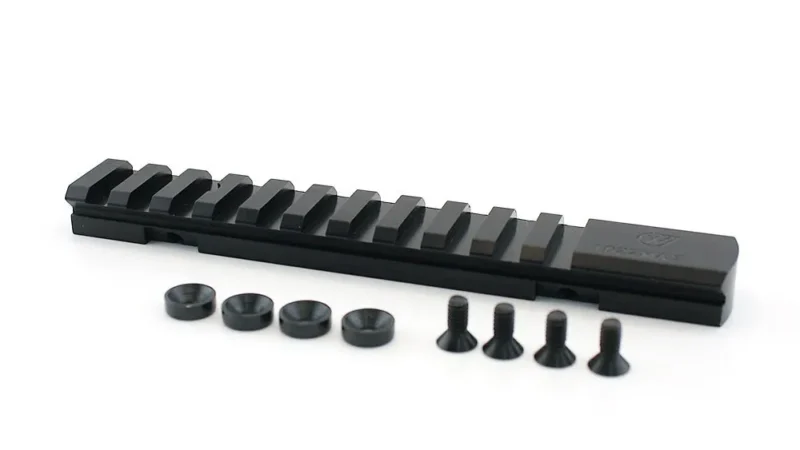B2B Brand Tracking

B2B brand trackers enable marketers to measure various brand health measures.
B2B marketers responsible for their company’s brand building are under increasing pressure to demonstrate a return on investment on corporate messaging campaigns.
They are not marketers. They want to see the numbers. They want something that shows return on investment.
In any brand tracking project, there are several best practices to bear in mind.
This are the best practices when conducting B2B brand tracking research B2B brand tracking
1.Don’t do it too frequently
If you measure brand health too frequently, you will not see any changes in the results.
Leaving longer gaps between each study increases the likelihood that you will see changes reflected in the data.
As a result, B2B ought to wait 12-18 months between each study.
2. Get your employees’ perspective.
If the people who live a brand daily don’t buy into it, your customers brand perceptions will not reflect your desired positioning.
Thus,spending some time exploring how employees feel about the brand. Specifically, it is essential to identify gaps between the desired positioning and employees’ perceptions.
This will also help in selling out your brand to the customers much easily.
3. Think carefully about which external audiences to include.
Any study exploring brand equity needs to include customers. They have the most experience of your brand and will be able to explain its strengths and weaknesses in-depth.
Customers’ perceptions will be crucial to their brands’ future success, so they need to be captured.
But brand tracking studies shouldn’t just focus on customers. Prospects may have a less detailed perspective of the brand, but their view is just as important.
If prospects associate your brand with inconsistency, then you are going to struggle to acquire them. So, you also need to measure your brand equity among non-customers.
4. Avoid mentioning that you’re sponsoring the research.
The goal of brand tracking studies is to measure awareness and perceptions of your brand. If you tell the research participant at the beginning of the survey that your brand is sponsoring the research it will bias the results.
It will prevent you from accurately measuring brand awareness. If a survey respondent hears a company name at the beginning of the survey, they are more likely to claim that they were aware of the brand beforehand.
6. Don’t ask too many questions
When deciding what to ask in a brand tracking study, it is tempting to ask many questions. But the more questions you ask, the greater the chance the survey results will be low quality. And the less likely an individual will be willing to take part in the research again.
7. Ask about competitors, not just your brand.
A brand tracking study will have limited use if you’ve only measured your company’s brand health in a vacuum.
It is also essential to measure your competitors’ brand health. After all, your brand health may look good in isolation, but if competitors have even stronger brands, then there is work to be done.






